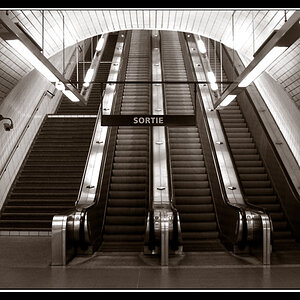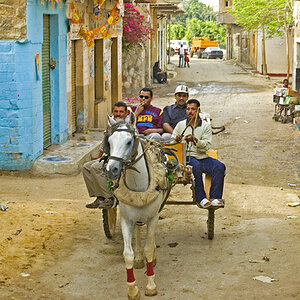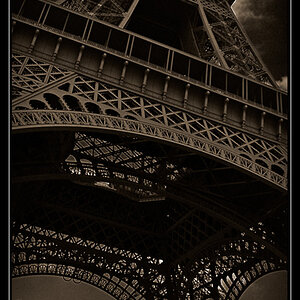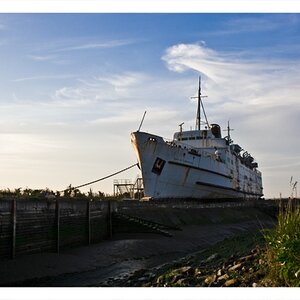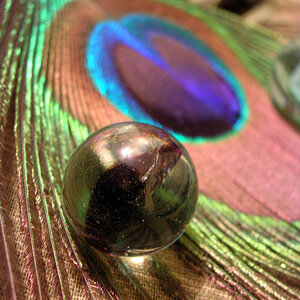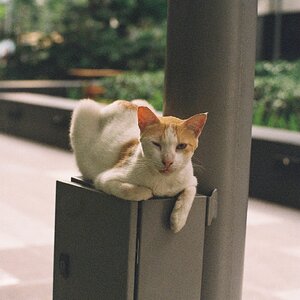puyjapin
TPF Noob!
- Joined
- Nov 5, 2008
- Messages
- 759
- Reaction score
- 0
- Location
- Warwickshire UK
- Can others edit my Photos
- Photos NOT OK to edit
I still dont get it, no matr how hard i try !
Ok i understand the principle that i can dial in less or more exposure when in aperture mode, by adjusting the exposure in aperture this overridesthe shutter speed te camera selects yes?
What i dont get is the principle of pointing the camera at part of the scene to 'meter ' off of it? OK i can point the camera, but what does this actually tell me and what do i do to compensate what its telling me. For example have a look at this shot i took earlier, it was a bright sunset so i put a Grad ND in nd used aperture mode. i set the aperture to 7.1 and it selected a shutter speed of 1/30 sec. I tried adjusting the exposure and this was the best result. I just dont seem happy with it and i dont quite know why....
Also i set the iso to 200, perhaps i should have upped it a bit but when i open it in picassa its telling me the iso is 1000, which it was not set to.
Anyway any help or c 'n' c would be very helpful. Hopefully one day i will understand metering...!

Ok i understand the principle that i can dial in less or more exposure when in aperture mode, by adjusting the exposure in aperture this overridesthe shutter speed te camera selects yes?
What i dont get is the principle of pointing the camera at part of the scene to 'meter ' off of it? OK i can point the camera, but what does this actually tell me and what do i do to compensate what its telling me. For example have a look at this shot i took earlier, it was a bright sunset so i put a Grad ND in nd used aperture mode. i set the aperture to 7.1 and it selected a shutter speed of 1/30 sec. I tried adjusting the exposure and this was the best result. I just dont seem happy with it and i dont quite know why....
Also i set the iso to 200, perhaps i should have upped it a bit but when i open it in picassa its telling me the iso is 1000, which it was not set to.
Anyway any help or c 'n' c would be very helpful. Hopefully one day i will understand metering...!



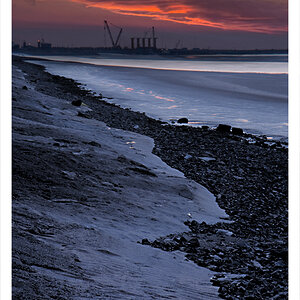
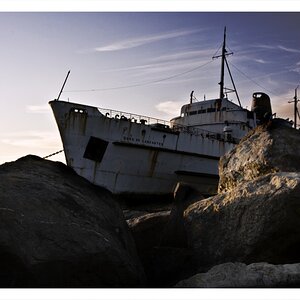
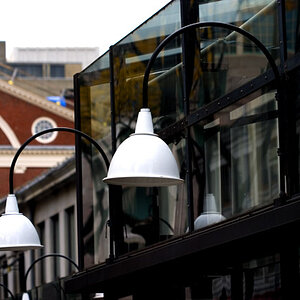

![[No title]](/data/xfmg/thumbnail/32/32004-4455324f0b4b5cc318dd35877147ac47.jpg?1619735148)
